NVIDIA Files Patent Infringement Complaints Against Qualcomm & Samsung
by Ryan Smith & Jarred Walton on September 4, 2014 9:00 PM EST
In a surprising move this afternoon, NVIDIA has announced that they will be filing patent infringement complaints against both Qualcomm and Samsung. This complaint is centered around the alleged use of NVIDIA patented GPU technologies in both Qualcomm and Samsung’s SoC’s and the unwillingness of the respective companies to enter in to a licensing agreement. NVIDIA has filed complaints with both the US Federal Court and the International Trade Commission, and in the case of the latter is seeking an injunction against Samsung to prevent them from shipping several recent products, including the Galaxy S5, Galaxy Note 4, and Galaxy Edge.
Starting from the top, NVIDIA is of course no stranger to high profile lawsuits. However those suits are typically on the defensive side, such as the company suing Intel over the loss of rights to make chipsets for their products, or being sued by Rambus over the use of DDR signaling. This suit by comparison is unabashedly offensive – one NVIDIA calls the first time they have ever initiated a patent lawsuit – with NVIDIA going to the courts arguing that their GPU patents are being violated and seeking a resolution and compensation for those violations.
The use of patent infringement suits in the technology space is nothing new, and even in the GPU space they’re somewhat common. NVIDIA in particular is still the 800lb gorilla of the GPU world by patent portfolio size (and arguably by GPU R&D), so how they interact with other companies tends to depend on the size of those companies and what patents they have in turn. In the PC space NVIDIA and AMD have relatively strong cross-licensing agreements – AMD being the next largest GPU developer – followed by Intel who settled a suit out of court with NVIDIA 3 years ago over continued access to NVIDIA’s patents.
In the mobile SoC space however there are a much larger number of GPU manufacturers, and overall there is still a certain “wild west” aspect to patent licensing and infringement. On top of the larger number of GPU manufacturers there are even more companies involved once you discuss integration. In this case an Imagination PowerVR GPU may be licensed by an SoC integrator such as MediaTek, who in turn will sell the complete SoC to the device manufacturer such as HTC. In which case it’s not at all clear who is responsible for patent licensing, or indeed if parties are responsible at each and every step.
This leads us to today’s suit against Qualcomm and Samsung, as it’s based around both alleged patent infringement and arguments about who’s ultimately responsible for those infringements. As far as patents go NVIDIA is going to the courts with a number of patents, with some patents going as far back as the GeForce 2 era and even patents first devised by 3dfx (before NVIDIA acquired them). At first glance these appear to be technologies that are fundamental to modern GPU designs, in which case it is admittedly difficult to imagine other GPU designs not infringing on these patents.
One such example is called the ‘063 patent, which involves on-chip tiling and early visibility testing, and was first developed by a company purchased by 3dfx. This is a technique that all modern GPUs implement in some form, though these days the methods are much more advanced.
"The ʼ063 Patent was directed to this technology, which combined on-chip tiling with early visibility testing in the graphics pipeline. All of Samsung’s mobile products use GPUs that implement this patented invention."
As is the case whenever anyone files a patent infringement suit, NVIDIA is telling the press and investors that they believe they have a strong case with ample evidence of infringement. The company ultimately believes that they would be victorious in court, though in many of these technology patent suits we see the involved parties settle out of court before any trial reaches its conclusion. Meanwhile if the case does go to trial, then NVIDIA has requested a full jury trial rather than a trial by judge.
Along with NVIDIA’s patent infringement claims, a big part of NVIDIA’s case will rest on allegations that Qualcomm and Samsung actively know about at least some of this infringement and have refused to settle the matter before now. NVIDIA’s claim notes that the company has been attempting to reach a license agreement with Samsung and Qualcomm since 2012, and that today’s suit is a result of their inability to come to an agreement over the last 2 years. Consequently because NVIDIA has been talking to these companies since 2012, they assert that this means that Qualcomm and Samsung have known about this infringement since NVIDIA presented their patents and proposed licensing agreement, meaning they have been willfully infringing on at least some of the involved patents over the last 2 years.
Complicating the matter is the question over who is responsible for patent violations. NVIDIA’s complaint alleges that Samsung believes this to be a supplier problem – that any patent violations are the responsibility of the company who designed the GPU, be it Qualcomm, Imagination, or ARM. As a result Samsung is unwilling to settle, and for that matter Qualcomm is no more willing to settle than Samsung is, though the complaint does not make it clear whether this is a disagreement over the patent claims or a belief that it’s the customer’s (Samsung’s) problem.
Ultimately this suit is focused around Samsung, as Samsung is both a device integrator and the manufacturer of the Exynos line of SoCs. Meanwhile because Samsung also uses Qualcomm’s Snapdragon SoCs in a number of products (including the North American editions of many phones), Qualcomm is being collared in to the suit on the basis that they are supplying some of the infringing GPUs.
This suit is not limited to just Qualcomm’s Adreno GPUs however, and also extends to ARM Mali and Imagination PowerVR GPUs as well, as Samsung has used both of those GPU families in their various Exynos designs. Overall NVIDIA believes that the Adreno 200, Adreno 300, and Adreno 400 families all violate NVIDIA’s patents, while the Mali-T628 and the PowerVR SGX (Series 5) are also explicitly named in claims.
As a result virtually all of Samsung’s modern products are affected by this suit. As part of their request for relief, NVIDIA is asking that the ITC prevent Samsung from importing products using the infringing SoCs, which would include all of Samsung’s latest products including the Note 4 and its Edge variant, the Galaxy S4 and S5, and the latest Tab tablets. As Qualcomm’s SoCs are among the accused products, this injunction would presumably extend to Snapdragon imports as well, which given Qualcomm’s heavy presence in high-end phones and tablets in the United States would make the final list of affected products far larger. However it should be noted that immediate injunctions are very rare, so it’s unlikely that an import ban would go into effect before the conclusion of the trial (if it even makes it that far).
Meanwhile in the Federal Court complaint, NVIDIA is asking for both unspecified damages (i.e. a monetary reward) and for further injunction to prevent Samsung and Qualcomm from infringing on NVIDIA’s patents. Though once again the real goal here seems to be about forming a licensing agreement rather than preventing Qualcomm and Samsung from shipping SoCs.

One of the accused infringing products: Samsung's Galaxy S5
One of the big questions of course is why NVIDIA is going after these two companies in particular, especially since they are essentially claiming that ARM Mali, Imagination PowerVR, and Qualcomm Adreno GPU families all infringe on some of these patents. The answer in turn from NVIDIA is that Samsung is the largest phone supplier in the United States, and Qualcomm in turn is the largest SoC provider while also providing the SoCs for most of those Samsung phones, so it makes sense to start at the top. NVIDIA is not talking about further legal action at this time, but the outcome of this case could have an impact on whether NVIDIA targets the suppliers (e.g. ARM and Imagination) or goes solely after additional customers and their ilk. Ultimately who is responsible for this infringement – can and should Qualcomm indemnify their customers against infringement claims like these – may be just as important as the alleged infringement itself.
Which on that subject, as part of their claims NVIDIA also points out their existing license agreement with Intel. In this NVIDIA notes that their Intel agreement covers all SoCs and CPUs shipped by Intel, including those incorporating Imagination’s PowerVR GPUs. So in the case where the SoC integrator is responsible, their licensing agreements would seem to cover any infringement regardless of who designs the infringing GPU.
Wrapping things up, at this time Qualcomm and Samsung have yet to respond to this suit. However given the scale of the suit, the complexity of the underlying technology, and the vast number of products involved, barring a quick out of court settlement this is expected to be a case that could go on for years. And even longer if it goes to appeals and/or triggers counter-suits. Altogether the ITC should have an initial response to the filing within 35 days, and if no settlement is reached the expected court date is in 2-3 years. To that end today's suit from NVIDIA will be the start of a much longer process for Qualcomm, Samsung, and the larger GPU industry as a whole.
Source: NVIDIA


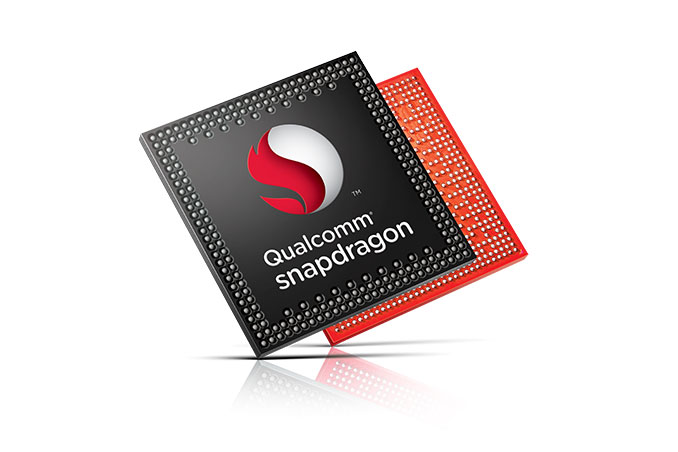
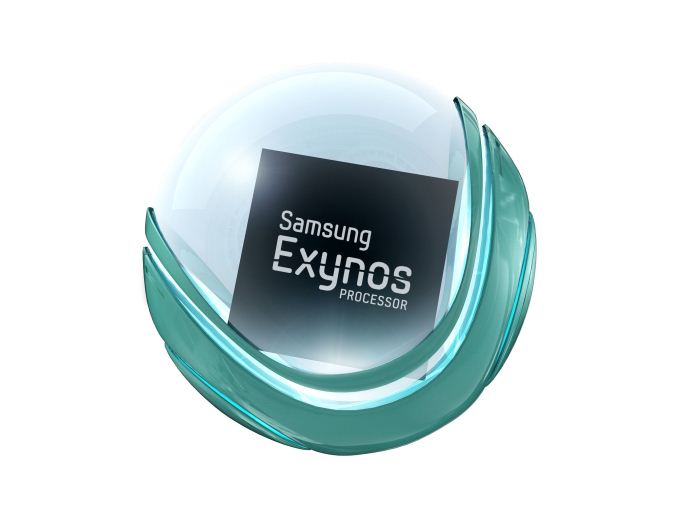
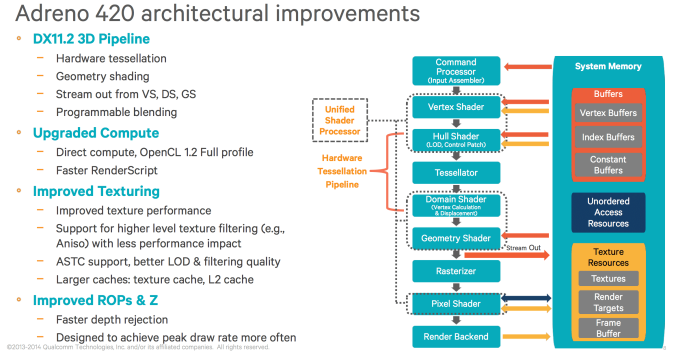
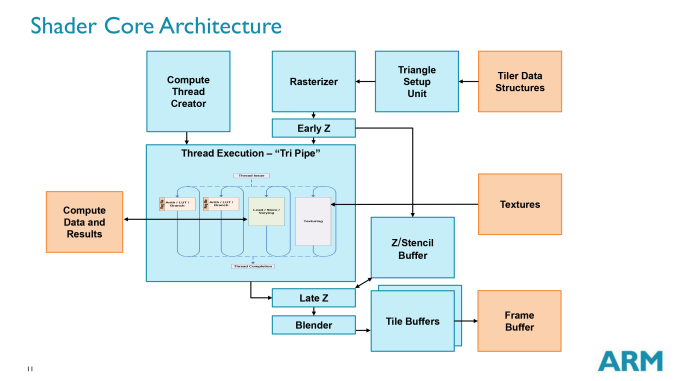
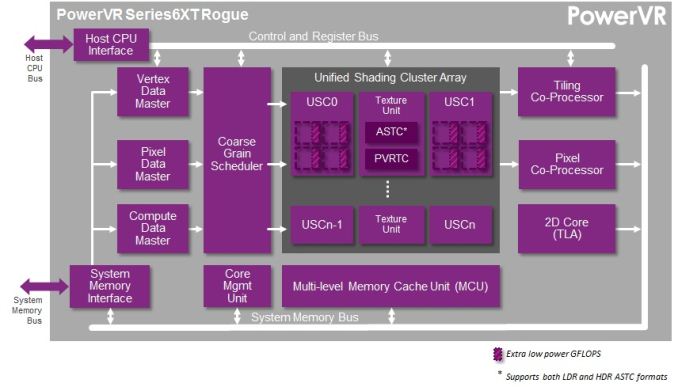








77 Comments
View All Comments
shabby - Thursday, September 4, 2014 - link
Mind = blown.Impulses - Friday, September 5, 2014 - link
Oh boy, might as well have tossed Apple into the lawsuit as well so they could drag it out to 2020.garadante - Thursday, September 4, 2014 - link
It'll be interesting to see what information comes to light and how all sides argue their case. I don't know enough to say whether this is a patent troll case like the Apple/Samsung case or if there is legitimate infringement going on.just4U - Thursday, September 4, 2014 - link
I would say (for the most part...) that most companies out there simply license stuff from the big 3 (Nvidia, Amd, Intel) as they don't have much of a leg to stand on. These companies have so much in R&D out there that your bound to run into infringement on their IP.We don't hear much about it because it's always on the down low.. until now anyway. I can't see Intel/Nvidia/AMD being patent troll types.. specially the later two.. if one or the other is going after a company they likely have a very very good case.
tuxRoller - Thursday, September 4, 2014 - link
img tech has been around for nearly as long as nvidia, and been focused on the mobile arena. This is a dangerous game for nvidia.ArthurG - Thursday, September 4, 2014 - link
And yet Nvidia receives hundred of millions each year from Intel for the licence of the tech used by Imagination in their igpu. Nvidia won the case against Intel for same patents, they are no reason they won't win again...Khato - Friday, September 5, 2014 - link
Actually, the NVIDIA case was entirely with respect to Intel somewhat violating their 2004 agreement with respect to chipsets when Intel began integrating such into the processor and effectively pushing NVIDIA out of that market. It had nothing whatsoever to do with the patents. (Just do a search for the 2004 Intel NVIDIA cross licensing agreement if you want the background, in fact the Anandtech article on the 2011 settlement even does a good job explaining such.)ArthurG - Friday, September 5, 2014 - link
This is not true. From the Nvidia complain:"Intel is licensed by NVIDIA under the Asserted Patents and also conducts significant domestic industry activities in the United States relating to products practicing the Asserted Patents. As part of a cross-licensing agreement, Intel agreed to pay NVIDIA a total of $1.5 billion over five years for the use of NVIDIA’s patents and its state-of-the-art GPUtechnology"
source: http://www.scribd.com/doc/238684238/NVIDIA-ITC-Com...
Khato - Friday, September 5, 2014 - link
You're ignoring what I said - the 2004 agreement between Intel and NVIDIA already covered cross-licensing of GPU technology. The disagreement between Intel and NVIDIA was with respect to that agreement - NVIDIA claimed that it allowed them to continue building chipsets for Intel systems regardless of interface while Intel claimed that it only allowed them to build chipsets using the AGTL+ bus that they were no longer using. Which was a rather weak argument by Intel, hence why they settled and paid NVIDIA that nice sum for 'breaching' the previous cross-licensing agreement while inking a new one.Sorry, but there's no way to spin the 2011 agreement as being anything more than a continuation of the graphics and CPU cross-licensing agreement already in place. Because, oh yeah, how many Intel patents would NVIDIA be stepping on with their Denver core? It's not a one-sided agreement like many wish to believe. And I suspect that's the same kind of agreement NVIDIA is angling for with Qualcomm - not money, just free reign in their designs without having to pay any royalties on the modem side.
djgandy - Friday, September 5, 2014 - link
Imgtec (Videologic) has been around way longer than Nvidia. The on chip tiling one is interesting, surely covered by prior art.